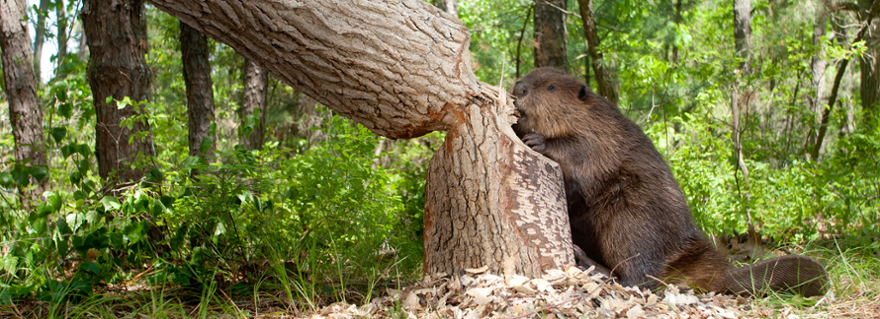
Exploitation of smaller game is rarely documented before the latest phases of the Pleistocene, which is often taken to imply narrow diets for earlier hominins. In a study now published in Scientific Reports, a team of German and Dutch archaeologists present new data that contradict this view of Lower Palaeolithic hominins: cut mark evidence demonstrating systematic exploitation of beavers.
Heavy bias
Data regarding the subsistence base of early hominins are heavily biased in favor of the animal component of their diets, in particular the remains of large mammals, generally preserved much better at archaeological sites than the bones of smaller animals, let alone the remains of plant food. The fact that exploitation of smaller game is very rarely documented before the latest phases of the Pleistocene, is often taken to imply narrow diets of archaic Homo, and interpreted as a striking economic difference between Late Pleistocene and earlier hominins.
Contradictions
In a study now published in Scientific Reports, a team of German and Dutch archaeologists present new data that contradict this view of Middle Pleistocene Lower Palaeolithic hominins: cut mark evidence demonstrating systematic exploitation of beavers, identified in the large faunal assemblage from the c. 400,000 years old hominin site Bilzingsleben (Germany), decades ago excavated by Dietrich Mania. In combination with a prime-age dominated mortality profile, this cut mark record shows that the rich beaver assemblage resulted from repetitive human hunting activities, with a focus on young adult individuals.
Greater diversity of prey
The Bilzingsleben beaver exploitation evidence demonstrates a greater diversity of prey choice by Middle Pleistocene hominins than commonly acknowledged, and a much deeper history of broad-spectrum subsistence, already visible in prey choices 400,000 years ago.






